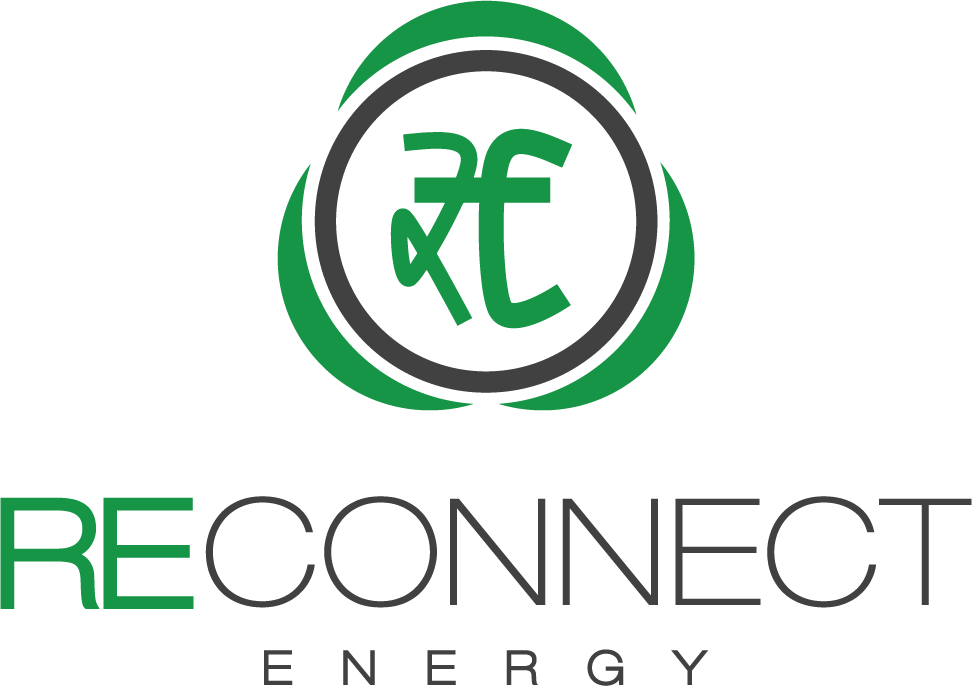PSERC's order on APPC for FY 2011-12
Honorable Punjab State Electricity Regulatory Commission (PSERC) have also determined the Average Power Purchase Cost (APPC) for the state of Punjab.The Commission has determined the ‘Pooled Cost of Purchase’ as Rs. 2.64 per Kwh for FY 2009-10 and Rs.2.69 per
Significant Changes are Proposed in the REC Mechanism
NLDC and Central Board of Irrigation and Power (CBIP) organized a day-long workshop on the REC mechanism in Delhi in June. Shri Pramode Deo, Chairman CERC was the key note speaker at the event. In his speech, he gave a preview
States Need to do More to Provide Open Access
Planning Commission deputy chairman, Montek Singh Ahluvalia has said "states need to make all-out efforts to expedite reforms in power distribution and do more to provide open access". His comments were were made meeting with Western region states which was part
Pramod Deo, Chairman, CERC Talks About Open Access and the State of Electricity Markets
The Business Standard published a very interesting interview of Pramod Deo, Chairman, CERC today. The highlights of what he said are: There are several difficulties in implementing Open Access at the intra-state level Discoms have been very slow to give open access due
CERC to determine Floor & Forbearance Price of RECs post 2012
Central Electricity Regulatory Commission (CERC) has come out with a suo-motu order on determining new Floor and Forbearance price for REC (Solar & Non-Solar) for the period post 2012. The draft copy of the order and a notice for the
TNERC Proposes Amendment to RPO Regulation
The TNERC notified the draft amendment to the Renewable Purchase Obligation Regulation on 19th May, 2011. The draft resembles the CERC regulations except for few minor changes. The key highlights of the draft regulations are, Captive & Open Access Consumers have
RPO Compliance May be Required More Frequently
After the low trading volumes in April, we strongly advocated quarterly compliance in order to make the REC market functional. Now it has been reported that the CERC has been actively considering such a proposal (See Business Standard article here). An
Important Order from CSERC on Metering
An important order was passed by Chattisgarh State Electricity Regulatory Commission (CSERC). Metering in the case of captive units has been an issue in claiming REC. While the CERC procedures are very clear about the requirements - need for a
Karnataka proposes to develope 300 MW of Solar Power by 2016
Karnataka has notified draft policy on Solar Power development for the state of Karnataka. According to the drat policy, Karnataka is gearing up to install total 300 MW of additional capacity from Solar power plants (PV & Thermal collectively) in a phased manner by year 2015-2016.Of these 300 MW, 200 MW of capacity is envisaged to be purchased by Energy Supply Companies (ESCOMs) of Karnatakato meet their Renewable Portfolio Obligations (RPO) which currently stands at 0.25% for FY 2010-11.
REC vs CDM Mechanism
The below analysis was covered in a story by Bloomberg. You can read that article here. After the launch of Renewable Certificate Mechanism (REC) in India, a frequent question in the minds of project developers is the comparison between Clean Development Mechanism (CDM) and REC mechanism. The below section covers some of the questions regarding the eligibility for CDM and REC, and the relative benefits under both mechanisms. Q: Is a project eligible for REC benefit if it is already availing of CDM benefit? A: The REC and CDM mechanisms are independent of each other. REC is a national mechanism which is focused on renewable energy generation whereas CDM is an international mechanism which is focused on Green House gas abatement. Nowhere in its regulations the CERC has specified that availing of CDM benefit will disqualify a RE generator from accessing REC markets. Further, the CERC has clarified that “REC and CDM are different mechanisms” (Statement of Objects and Reasons dated January 14, 2010). Q: Is the project eligible for CDM benefit if it also avails the REC benefit? A: As mentioned above, the REC and CDM mechanisms are independent of each other, and from the CERC's perspective, can co-exist. However, one of the fundamental aspects of eligibility for carbon credits in the “Additionality” criterion*. If the additional benefit of RECs is considered (even at a minimum of Rs 1.5/unit), it is likely that several projects that meet the additionality criterion under CDM without REC, are likely to not meet the criterion in the future when REC benefit is included. However, for every project an analysis will have to be done on a case-by-case basis. For example, a project that meets the additionality criterion based on the feed-in tariff of a state, may still meet the criterion if the APPC + REC price is considered in one state, but not in another. Q: How does the benefit under CDM and REC mechanism compare? A: The benefit needs to be compared under various parameters:
| Options | REC | CDM |
|---|---|---|
| Monetary Benefits | More | Less |
| Access ( Profit/Cost ) | Less time | More time |
| Certainty of Revenue | Depends on enforcement of the mechanism | Reasonable |

